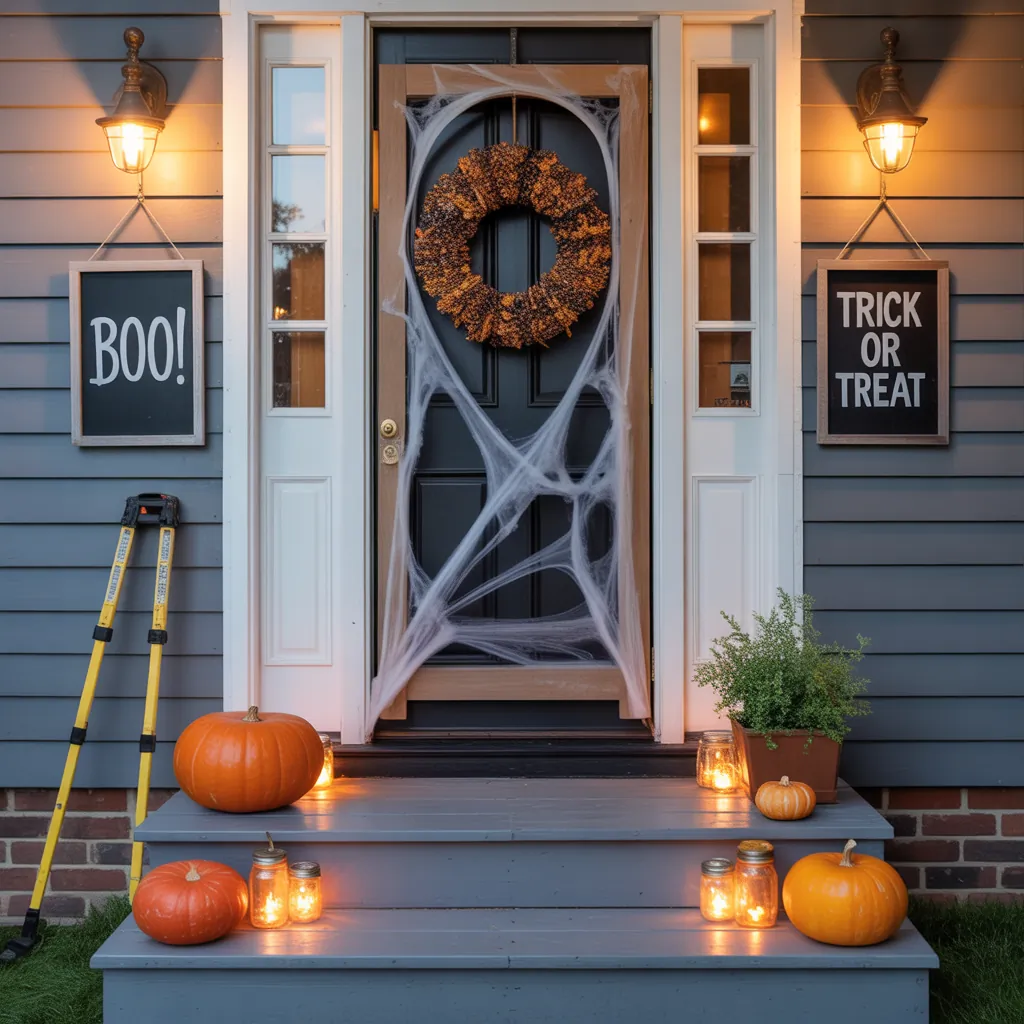Have you ever pulled into your driveway, wished for easier guest drop-offs, or dreamed of a dramatic curb appeal upgrade that doesn’t require a full remodel? Designing a circular driveway can transform how you arrive at—and leave—your home. Whether you’re tackling a DIY weekend project or planning a contractor job, these design circular driveway layout ideas will help you visualize, plan, and build a functional and beautiful entrance.
Why choose a circular driveway?
Circular driveways (also called round drives or loop drives) offer several real-world benefits: smoother traffic flow, safer turnaround space, a grander entrance, and a central island that can be landscaped for instant curb appeal. They also increase parking capacity and reduce the need to back out onto busy streets—great for families and visitors.
Design circular driveway layout ideas: how to start
Start with the basics: measure, visualize, and consider function. Below are practical steps and layout ideas you can adapt to your lot, vehicle sizes, and budget.
Step-by-step planning
- Measure your lot and setbacks. Use a tape measure or measuring wheel to record distances from the road, property lines, and house. Check local setback and driveway permit requirements before you finalize a plan.
- Decide single-lane vs. double-lane. Single-lane circular drives typically need 10–12 feet of width for comfortable car passage; double-lane drives require 18–24 feet. Think about delivery trucks or trailers—if you have frequent large-vehicle use, plan for wider radii.
- Choose the island size and shape. A central island provides a focal point. Typical island diameters range from 12–30 feet depending on the driveway width and available front yard space.
- Sketch the radius and entrance curbs. Use a string and stakes to lay out arcs on the lawn—this visual helps you confirm proportions before digging.
- Check grades and drainage. Driveways should slope away from structures. Design swales or drains to prevent puddling and protect your base layers.
Practical DIY tips before you dig
- Call utility locators to mark buried lines.
- Rent a compact trencher or mini-excavator if you have a large area—saves time and back pain.
- Use landscape fabric under gravel to reduce weed growth and mixing with the base.
- Consider permeable pavers or gravel for eco-friendly stormwater management.
- Start with a firm compacted aggregate base—poor base is the most common cause of driveway failure.
Materials and style choices
Your material choice determines both look and maintenance. Below are popular options with pros and cons:
- Asphalt: Smooth, cost-effective, easy to resurface. Requires sealing every few years.
- Concrete: Durable and clean-looking; good for curved pours and stamping patterns, but more expensive.
- Pavers: Great for a high-end look and easy spot repairs. Allow for patterns (herringbone, circular rings) that accentuate the loop.
- Gravel: Budget-friendly and permeable; needs regular raking and edging to stay tidy.
Layout ideas to match your home
Here are several layout inspirations you can adapt based on home style and yard size.
1. Classic oval with landscaped center
A simple elongated oval with a manicured circular island suits traditional homes. Plant a specimen tree in the middle and frame it with low shrubs and accent lighting for evening drama.
2. Two-way loop for busy households
Two-way circular drives with a wider central island allow simultaneous entry and exit—ideal for large families or frequent visitors. Use paving banding at the edges to define lanes.
3. Split-drive with pedestrian promenade
Create a split at the front: one side for cars, one for a stone path or walkway. This design improves pedestrian safety and adds a welcoming walkway to your front door.
4. Rustic gravel ring with low-maintenance plantings
For a cottage or farmhouse look, use compacted gravel edged with stone and plant native grasses in the center. Easy to maintain and budget-friendly.
Construction basics: DIY-friendly techniques
Here are actionable steps for a DIY build (for smaller projects or when hiring subcontractors for heavy tasks):
- Excavation: Remove topsoil to the required depth (usually 8–12 inches for pavers, deeper for asphalt).
- Base installation: Add and compact 4–8 inches of crushed stone; verify compaction with a plate compactor.
- Edge restraints: Install concrete curbing, paver edging, or steel edge to keep materials in place.
- Surface layer: Lay pavers on bedding sand, pour concrete, or compact the gravel layer. Follow manufacturer recommendations for jointing and sealing.
- Drainage finishing: Install French drains or slotted channels if water tends to collect.
- Final touches: Add low-voltage landscaping lights along the curve, plant the island, and seal if appropriate.
Budget, permits, and maintenance
Costs vary widely: gravel is the cheapest, pavers and concrete the most expensive. Always get local permit requirements before work begins. Maintenance is straightforward—seal asphalt every 2–4 years, clean and re-sand paver joints, re-grade gravel as needed, and keep drains clear.
Landscape and lighting tips to enhance design
- Use layered plantings: low groundcover at the edge, medium shrubs, and a focal tree.
- Install bollard or uplighting to highlight trees and guide drivers at night.
- Add permeable stepping stones from the driveway to the front path to prevent worn lawn tracks.
Frequently Asked Questions
How wide should a circular driveway be?
For comfortable single-lane use, 10–12 feet is standard. Double lanes typically require 18–24 feet. Increase the width if you expect frequent truck or RV use.
What is the best material for a circular driveway?
There’s no one-size-fits-all answer. Choose gravel for low cost and permeability, asphalt for smoothness and affordability, concrete for durability and design options, and pavers for aesthetics and repairability. Consider climate, budget, and maintenance when deciding.
Do I need a permit to build a circular driveway?
Often yes—many municipalities require permits for new driveways, curb cuts, or significant impervious surface area changes. Check local building codes and HOA rules before starting.
Design circular driveway layout ideas — conclusion & next steps
Designing a circular driveway combines practical planning with creative landscaping. Whether you opt for a classic oval with a planted island, a two-way loop for heavy traffic, or a rustic gravel ring, thoughtful dimensions, solid base work, and smart material choices will make your project a success. If you’re ready to get started, sketch your layout, mark your radius with stakes and string, and decide on materials. For hands-on help and project inspiration, check out our pages on DIY projects and home design ideas. If your project touches the kitchen or other home updates, explore our kitchen upgrades guides for more renovation inspiration.
Ready to transform your driveway? Share your lot photos or questions in the comments, and I’ll help you sketch a layout that fits your home and budget.



